PLOT: After high-school senior Makani Young (Sydney Park) relocates to Nebraska to escape her scarifying past, her new friends are systematically stalked by a psycho-slasher wearing masks that resemble their faces and threaten to kill them based on their darkest secret.
REVIEW: It’s the young cousin of Scream meets I Know What You Did in Patrick Brice’s nimbly amusing new teenage meta-slasher joint There’s Someone Inside You’re House, due on Netflix this October 6th, proving that the niche quirks behind the indie horror director’s previous works in Creep, Creep 2, Room 104, and Corporate Animals can be tonally but not so terrifyingly plied into more mainstream accessibility for everyone to enjoy – hardened horror heads and genre tyros alike, young, old, and in between. I want to reiterate labeling Brice a horror director because there’s a clear adulation and studious knowledge of the genre’s various iterations that he possesses, with his slick new salvo a distinctly light, 90s style of a stalk-and-slash whodunit that, because of his understanding of the machinations that make these movies work – namely well-choreographed fatalities of fairly unlikeable people – is able to, for the most part, sidestep conventions, avoid eye-rolling cliches and pierce through predictable platitudes en route to delivering an irreverent, hyper-gory piece of pulp horror. In addition to the overabundant grue and a few inventive death modes that are sure to satiate even the most grizzled slasher fiend, it’s the strength of the central character, her inherent likability her and sympathetic plight that makes any of the mild terror resonate on a dramatic level. A point subtracted for pretty easily calling the culprit notwithstanding, this is a fun, drolly enjoyable, and cleverly written throwback slasher to indulge this All Hallows Eve.

Nebraska, current day. The film opens with a stylishly surreal murderous motif that establishes the killer’s malefic modus operandi. A gormless jock from Osborne High named Jackson (Markian Tarasiuk) finds himself alone in his home, where he awakes to find photographic evidence of himself entangled in his deepest, darkest secret. Soon, a hooded figure wearing a mask that that resembles Jackson’s face appears, with a serrated foot-long hunting blade, and gives the kid a barbarous dose of Ghostface-like violence that calls to mind an inverted Scream opening scene. This dynamic of the killer targeting its suspects, one by one, and attacking them alone while wearing their facial visage is the crux of the premise, and for the most part, provides enough of a mysterious hook to keep our engagement at full attention. There’s also a distinctly surreal quality to the deaths scenes that feel slightly off, like a dream.
Afterward, we meet Makani Young, a troubled teenager who has relocated to Nebraska with her somnambulant grandmother (BJ Harrison) to escape her traumatic past, which, along with her hidden poetic side and summertime crush with the creepy pariah Oliver (Theodore Pellerin), is her primary secret that the killer will ultimately try to exploit. But first, Makani tries to maintain a semblance of normalcy with her misfit friends in school that include the awkward athlete Caleb (Burkely Duffield), gender-fluid Darby (Jesse LaTourette), pill-popping Rodrigo (Diego Josef), his bubbly secret crush Alex (Asjha Cooper), town rich kid Zach (Dale Whibley) and online mean-girl Katie (Sarah Dugdale) – all of which harbor a secret that the killer deems worthy of paying their lives for in ultra-grisly ways. We’re talking gore-sudden tendon-tearing, throat-thrashing, gut-gouging, sternum-stabbing, the works, all of which are more inventively shocking than genuinely terrifying but remain among the flick’s most pleasurable of indecorous delights.
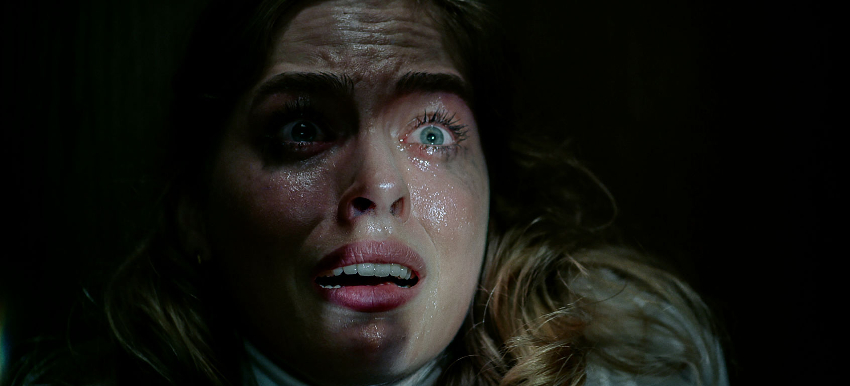
Beyond the viscerally punishing jabs of unremitting gore, what I dug most are the trenchant observations conveyed through the characters that give the film a clever and caustic edge, especially when peripherally poking fun at extreme millennial wokeness, overly sensitive PC cancel culture, the villainy of privilege, etc., while also catering to such critiques through its own progressive casting to add a cheeky self-reflexive layer to the proceedings. That is, the film is essentially the target of its own scathing satirical bent, which is not only a pretty playful conceit, but it allows you to never take the film all that seriously. By skewering itself, the meta-narrative sort of decreases the weight of the themes and allows the audience to simply enjoy the film for what it functions best as a good old-fashioned slasher flick. The film raises important timely and topical social issues but barbarously undercuts them in favor of fatal over-the-top ferocity. I appreciated the waggish ways in which Brice and screenwriter Henry Gayden have translated Stephanie Perkins’ 2017 source novel both fetes and flings generation Z to point out their conscientious virtues as well as their absurdly soft and easily affronted egos. For a movie so clearly entrenched in the stylings of 90s slashers, there’s a refreshing salience to the modern-day characters that helps the movie feel more than just a nasty slice of nostalgia.
The other aspect of the film that works well is the poetically soulful protagonist, Makani, whose internal struggle dealing with the guilt of a past tragedy makes her extremely rootable and relatable, especially when tenderly commingling with Oliver, an equally unique and poetic spirit that is deemed a dangerous weirdo at school. Makani and Oliver’s kinship is far more profound and substantial than any other the young girl has made in Nebraska, yet her unwillingness to publicly recognize him as her boyfriend complicates her character in ways that directly inform the plot, as the killer attempts to use this secret and others to take Makani down. For a teen slasher movie with otherwise flat, stereotypical caricatures, Makani is given a compelling enough backstory to make her harrowing present-day scenario one we hope she makes it through safely. The performances by Park and Pellerin are stronger than ones we typically see in movies of this ilk, which goes a long way in allowing the drama to really register. Alas, the whodunit aspect of the story isn’t quite as effective, as rightly identifying the killer isn’t much of a challenge at all. This certainly hurts the desired result, but it doesn’t make or break the overall experience one way or the other. It does, however, deserve a subtracted review point.
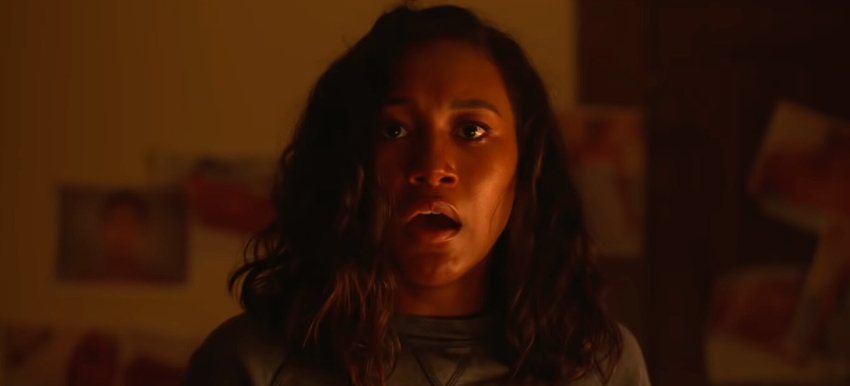
Look, There’s Someone Inside Your House does not reinvent nor advance the slasher genre forward in any significant way. It isn’t even all that scary. However, it is a fun, enthralling, and entertaining homage to slashers of yore that is not only anchored by a strong female lead but also slices and dices the social mores of the millennial generation as brutally as the killer does their mirror-imaged victims. At the very least, it’s one of the better Netflix originals to come about in some time.












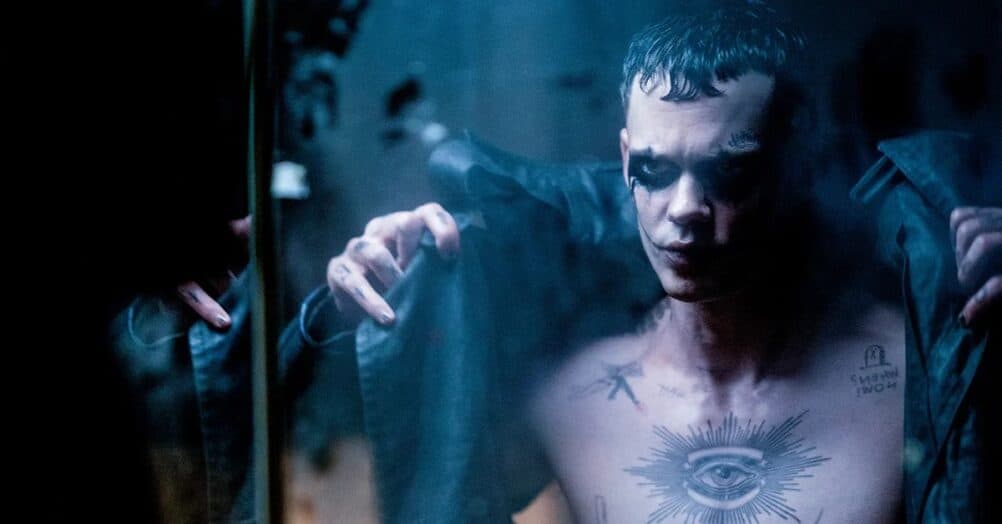
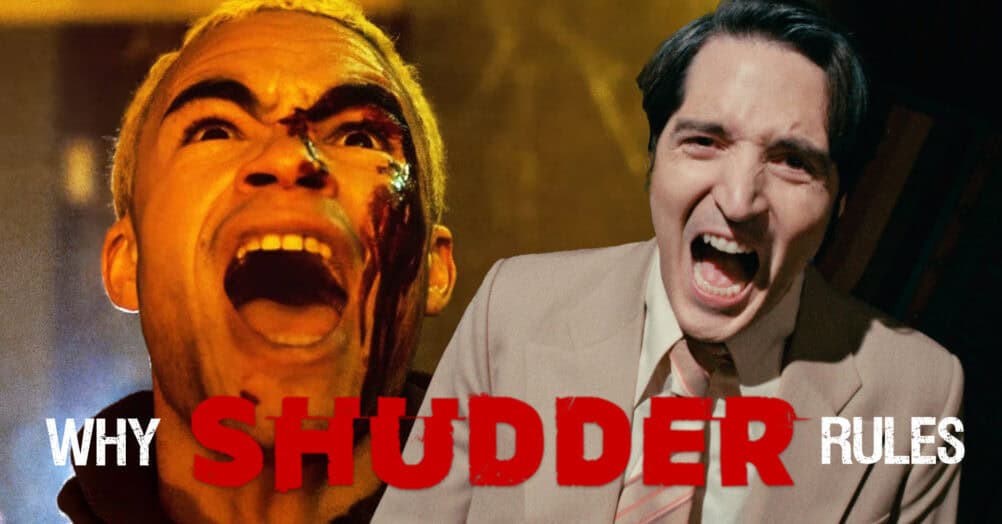

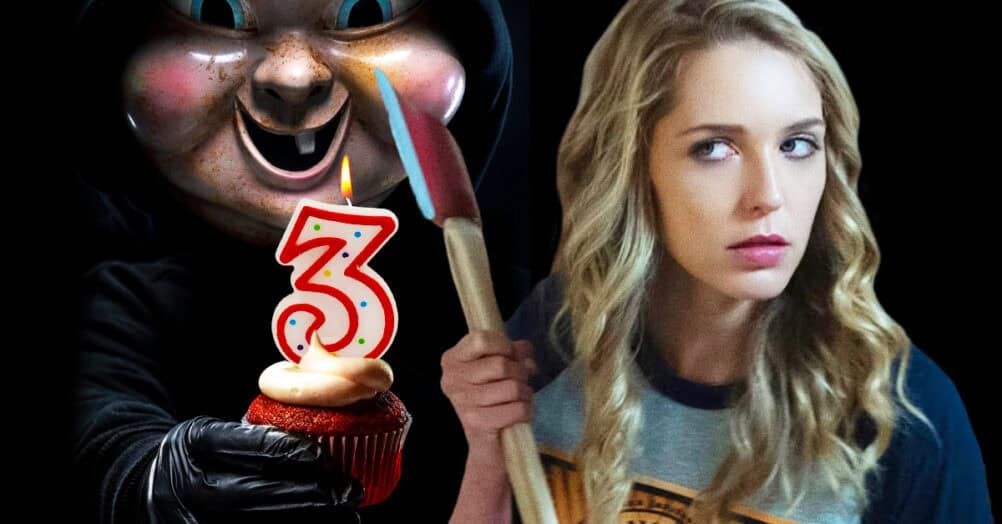
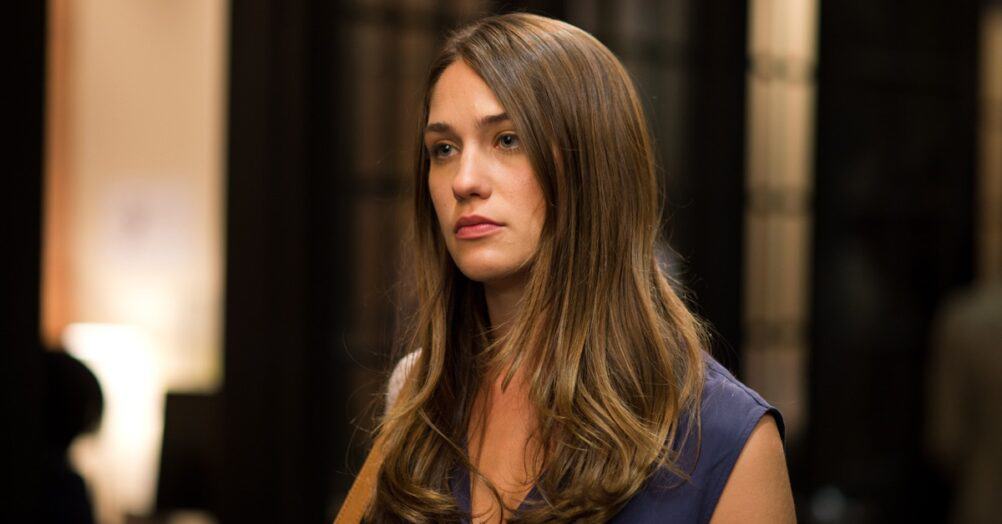
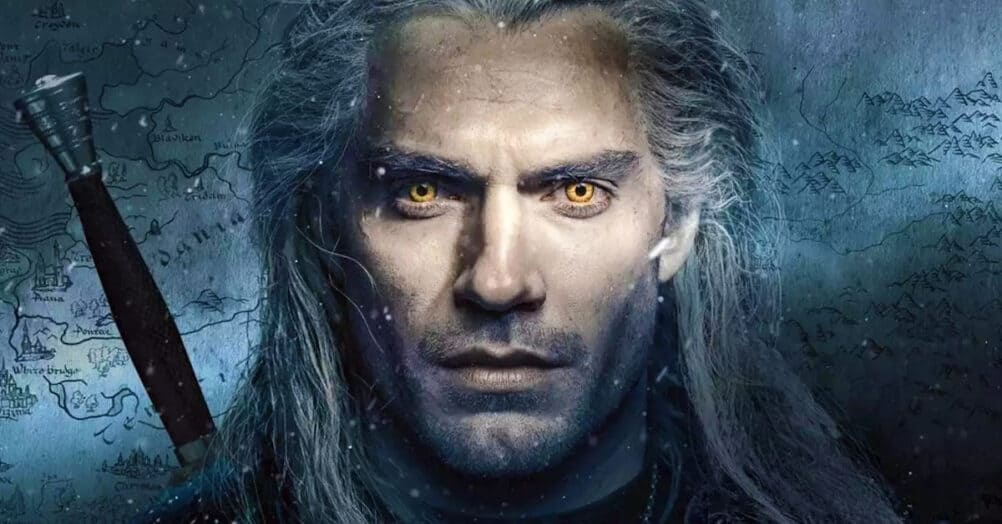
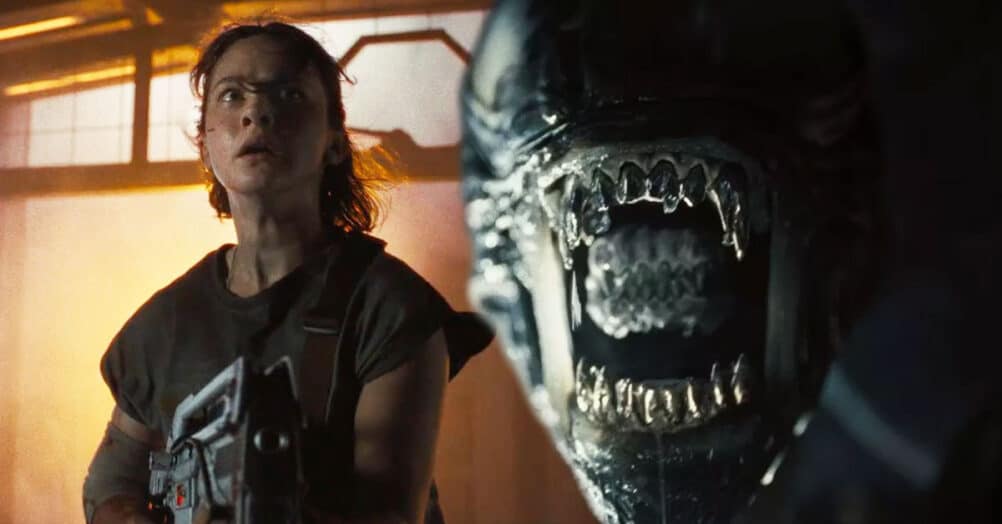

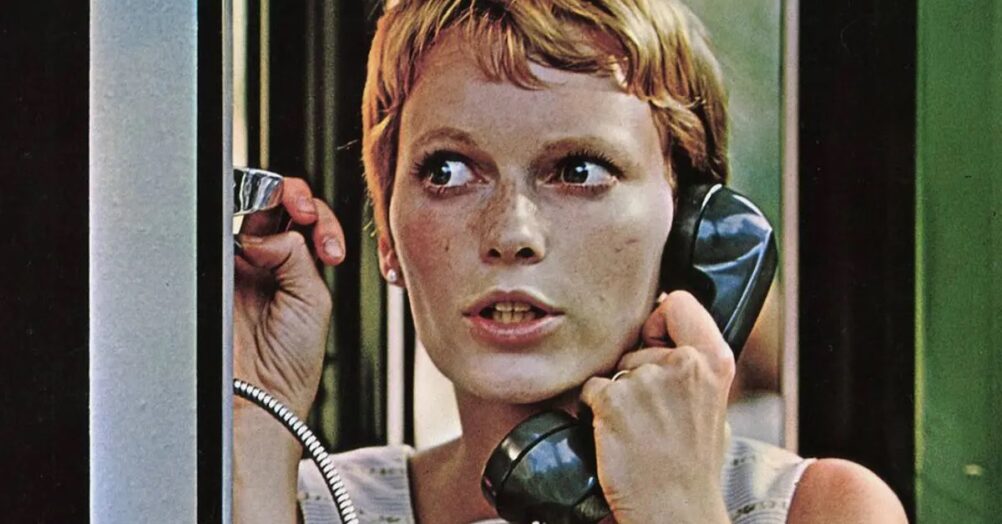
Follow the JOBLO MOVIE NETWORK
Follow us on YOUTUBE
Follow ARROW IN THE HEAD
Follow AITH on YOUTUBE